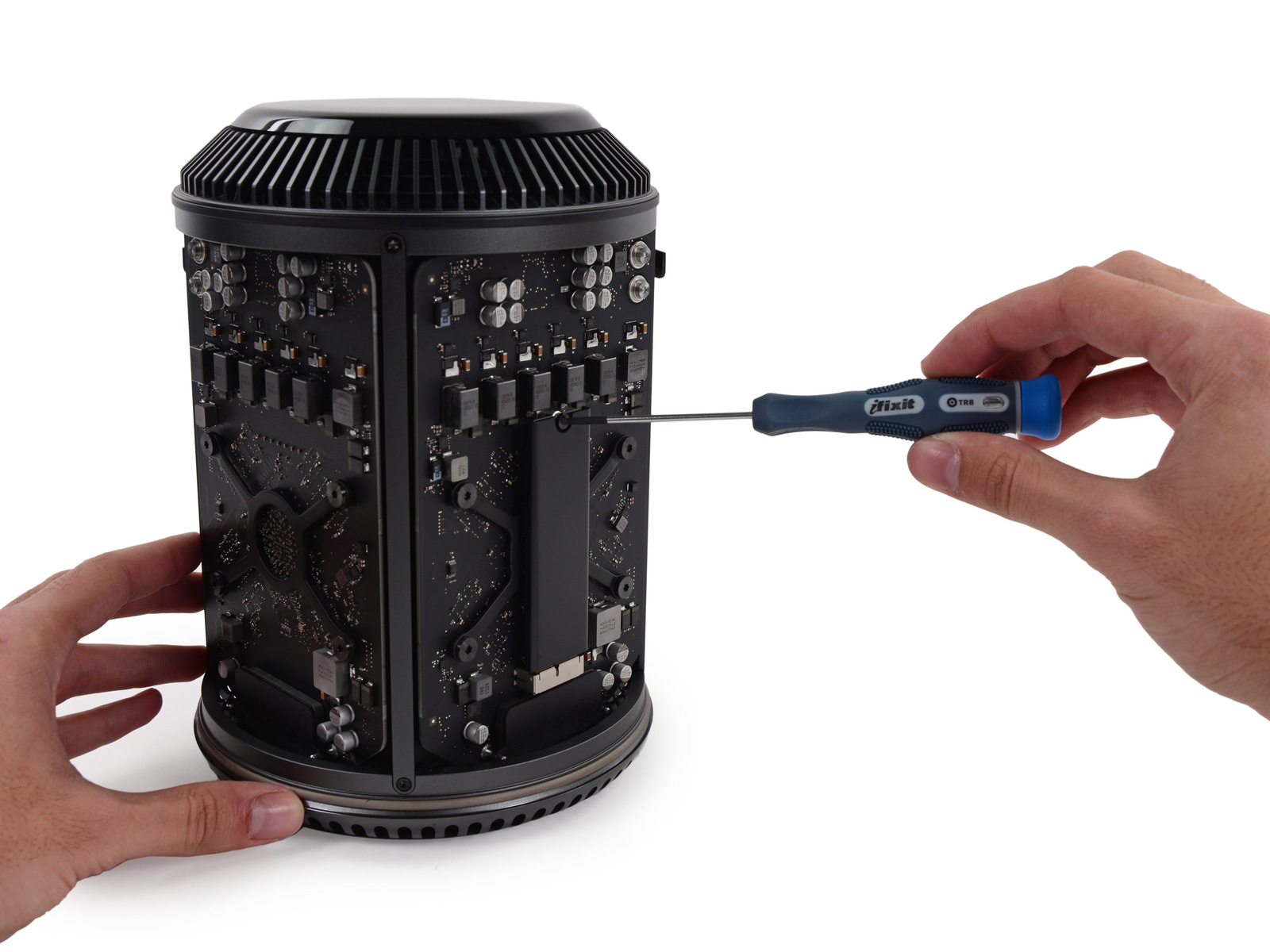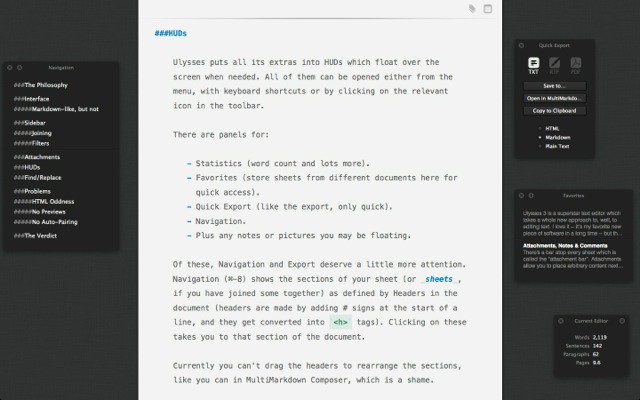Best Ram Upgrade For Mac Pro 2013
Is it possible upgrade a Macbook Pro late-2013 SSD? If so, what are the best SSD choices? Update Cancel. What would be the best SSD upgrade for the MacBook Pro 2010? How do I upgrade macbook pro RAM and SSD? Is it possible to upgrade the SSD of the MacBook Pro (Retina, Mid 2012)? After considering and had a budget, I figured it was best to return the Mac Pro to Apple and get an older Mac Pro (2010 - 2012). I really like the fact that I can upgrade and it's expandability in an older Mac Pro, whereas, in a 2013, you can just upgrade the SSD, CPU and RAM. Find up to 16GB RAM Memory and 2TB SSD storage for your MacBook Pro. Just search for your specific model from the drop down box on the right for step #2 Certified, guaranteed compatible RAM memory upgrades for your Apple MacBook Pro. Lifetime warranty.
Make sure that the memory you plan to use is compatible with your computer. The Mac Pro supports both unbuffered UDIMMs and registered RDIMMs, but it is important not to mix these types of memory. Youtube to video converter mp4.
Best Ram Upgrade For 2011 Macbook Pro

DIMMs that are not properly installed or do not meet the system requirements may effect system performance or not be recognized. Apple recommends that you use Apple-approved DIMMs. You shouldn't use DIMMs from older Mac Pro computers in your new Mac Pro. You can purchase Apple-branded memory by visiting an.
Refer to for additional information. • Before you open your Mac Pro, shut it down by choosing Shut Down from the Apple () menu. • If the computer is warm to the touch, wait approximately 5-10 minutes for the computer to cool down. • Touch the metal enclosure on the outside of the Mac Pro to discharge any static electricity. Important: Always discharge static before you touch parts or install components inside your Mac Pro. To avoid generating static, don't move around the room until you finish installing the memory and slide the enclosure back onto the computer. • Unplug all the cables and the power cord from your Mac Pro.
Do not attempt to install memory while it's plugged in. • Slide the enclosure latch to the right to unlock the enclosure. • Lift the enclosure straight up and off of the computer. Carefully set it aside. • The DIMM slots are now visible from the left and right side of the I/O panel.
Your Mac Pro shipped with DIMMs already installed in some or all of the DIMM slots. Before upgrading the memory, you may need to remove some or all of the DIMMs. Refer to the table below to determine how your Mac Pro is configured and to determine which DIMMs you need to remove and replace to maintain a recommended memory configuration. See the numbered steps following the table to locate specific DIMM slots. Important: All DIMMs are 1866MHz DDR3 ECC. Do not mix UDIMMs and RDIMMs.
Total Memory DIMM Slot 1 DIMM Slot 2 DIMM Slot 3 DIMM Slot 4 12GB 4GB ECC UDIMM 4GB ECC UDIMM 4GB ECC UDIMM 16GB 4GB ECC UDIMM 4GB ECC UDIMM 4GB ECC UDIMM 4GB ECC UDIMM 32GB 8GB ECC UDIMM 8GB ECC UDIMM 8GB ECC UDIMM 8GB ECC UDIMM 64GB 16GB ECC RDIMM 16GB ECC RDIMM 16GB ECC RDIMM 16GB ECC RDIMM Remove DIMMs with these steps. • There are a total of four DIMM slots. Two are located to the left and two are located to the right of the Mac Pro I/O panel. • Access the DIMM slots via the RAM bay release lever (identified by a white triangle (A) at the top of each DIMM back). Push and lift upwards on the lever. The lever should move backwards and up, releasing the DIMM slots to swing out and making them easily accessible. Do not use excessive force on the release lever as you risk damaging the latch.
• Locate the DIMM(s) you want to remove. The slots are numbered 1-4 (B). Using your thumb and index finger from each hand, gently grip the DIMM at each end and carefully remove the DIMM by pulling the DIMM straight out of the DIMM slot. Do not twist or force the DIMM out of the socket or damage may occur. Remove the outer DIMMs first to make the inner DIMMs easier to remove.
 • Place the removed DIMMs into an ESD (electrostatic discharge) protective bag. Each DIMM (F) has a notch (E) that must line up with the key (D) inside of the DIMM slot (C). Note: The key/notch position is different on each side of the computer.
• Place the removed DIMMs into an ESD (electrostatic discharge) protective bag. Each DIMM (F) has a notch (E) that must line up with the key (D) inside of the DIMM slot (C). Note: The key/notch position is different on each side of the computer.
• Locate the DIMM slot closest to the interior of the computer and confirm that no DIMM is there. • If available, use canned air to blow dust and other contaminants out of the DIMM slot. Note: Keep the can vertical to avoid spraying propellants onto the DIMM slots. • Gently hold the DIMM ends and insert it into the slot. Ensure horizontal alignment of the DIMM prior to applying any force. • Insert the DIMM at the angle determined by the open DIMM mechanism. • Insert gently until bottom edge of DIMM is touching the gold contacts, then apply more force to fully seat the DIMM.